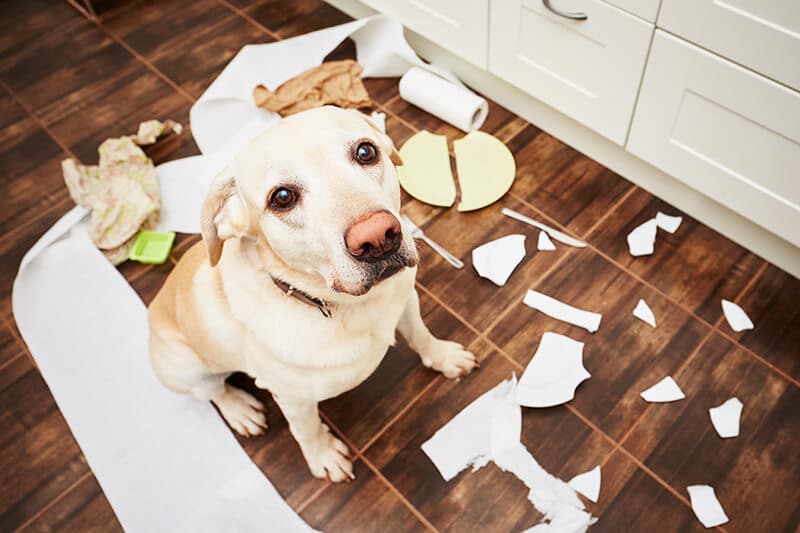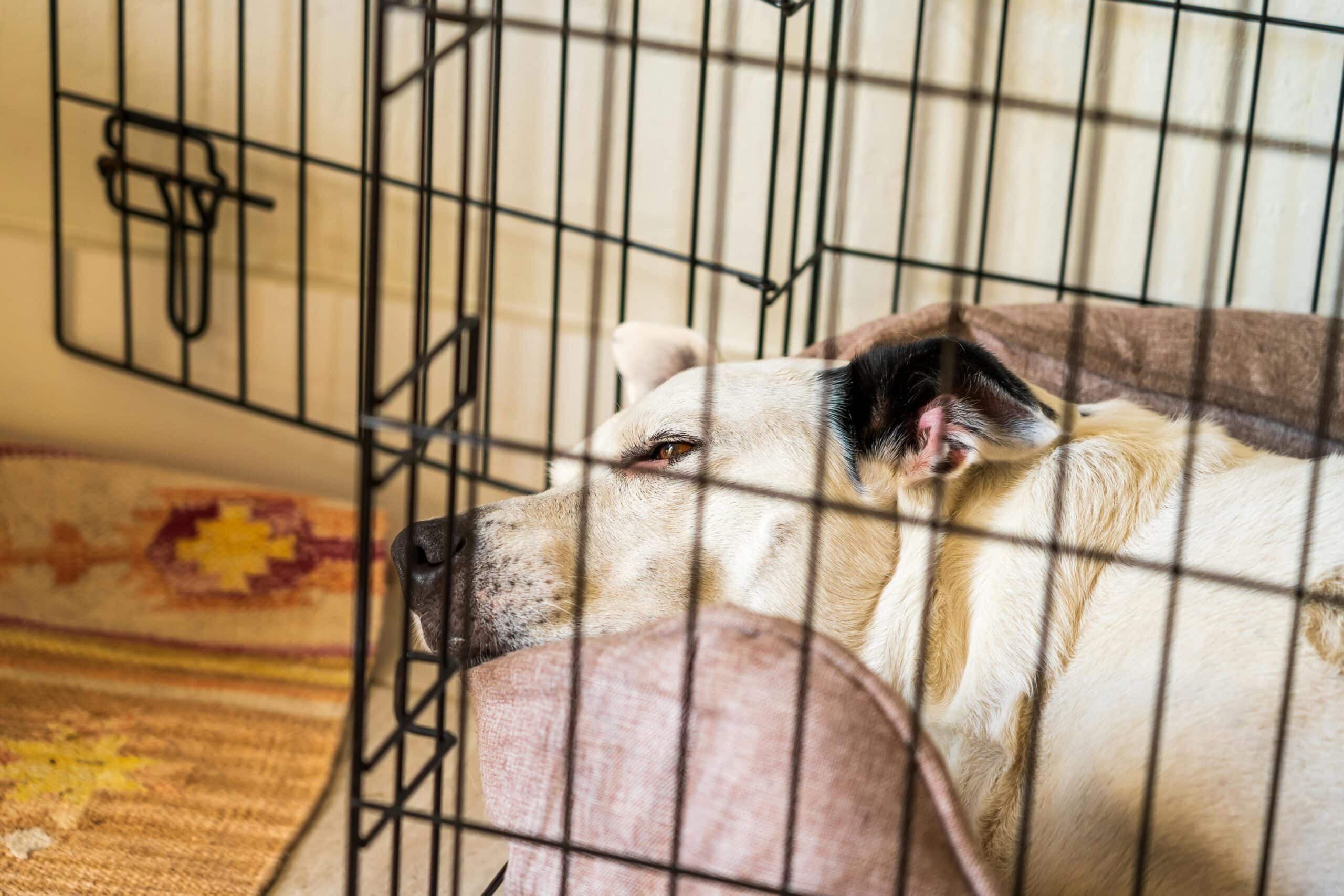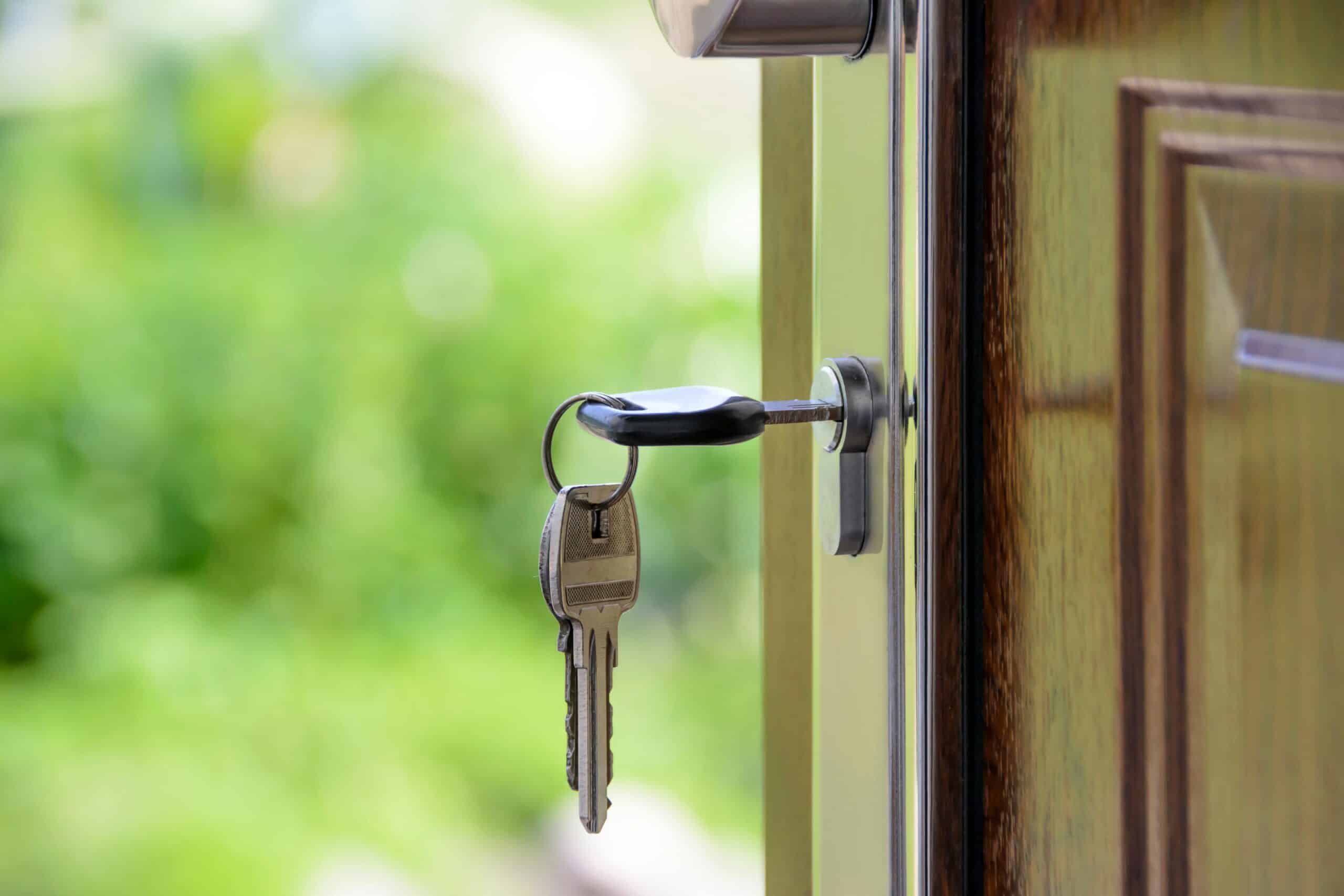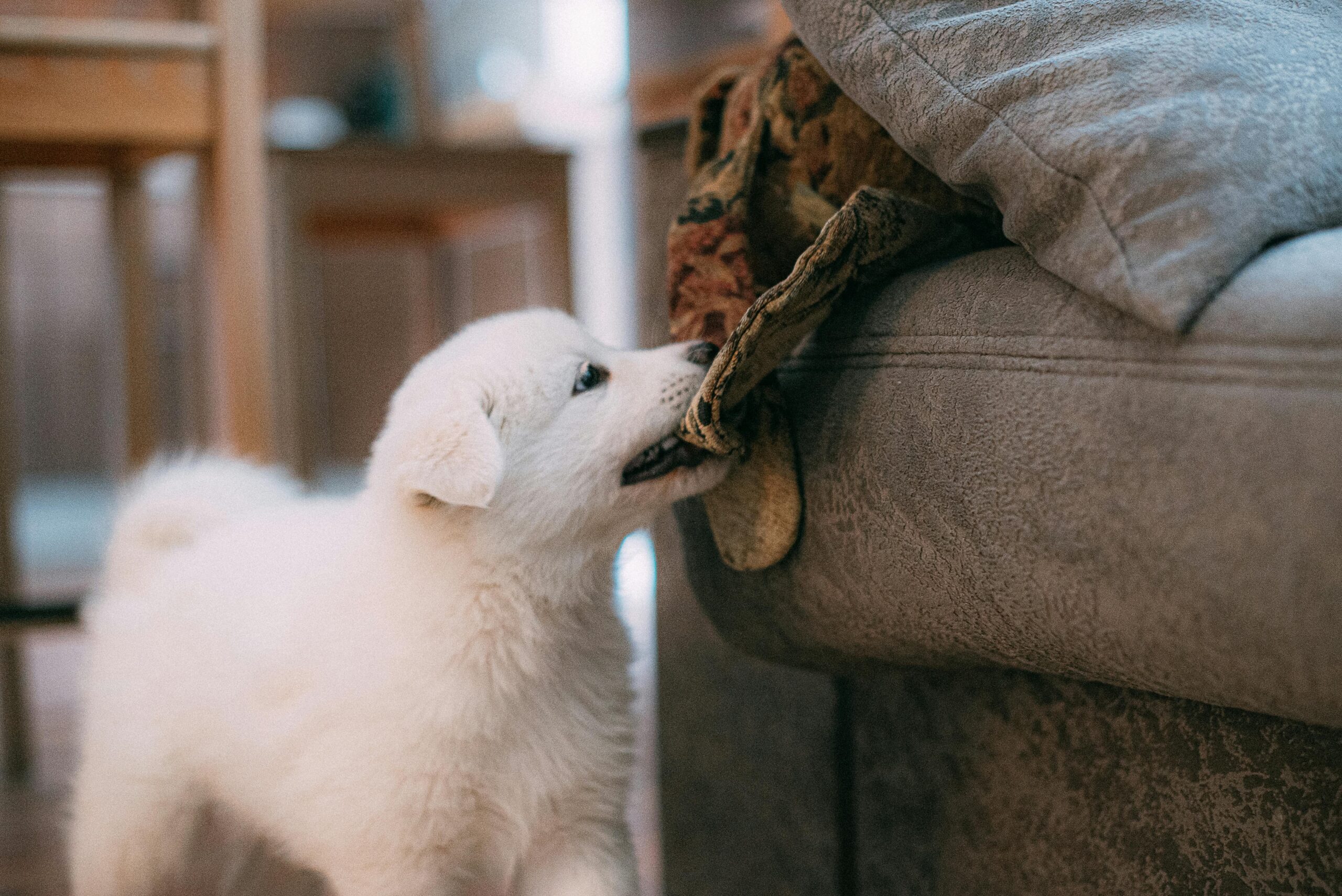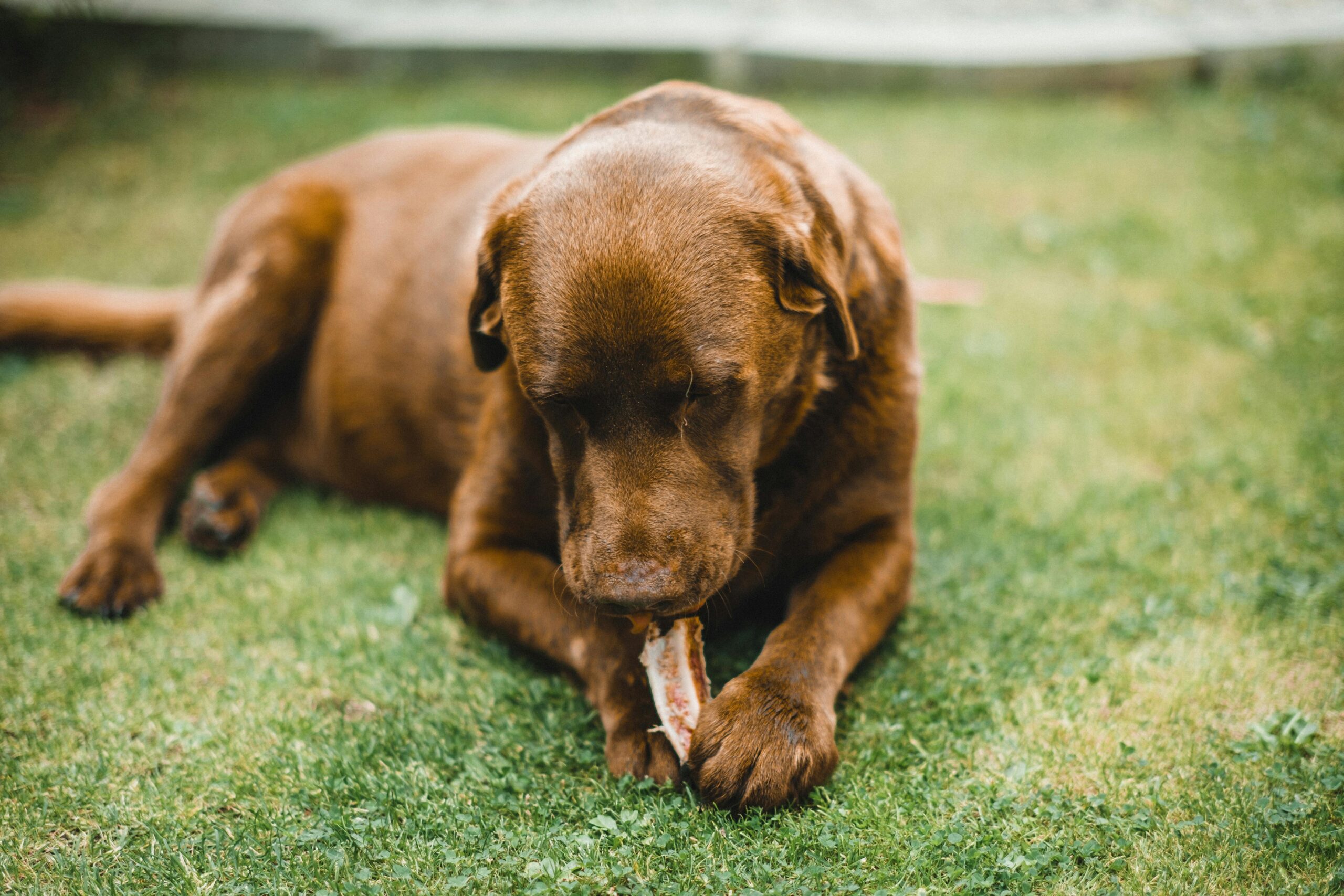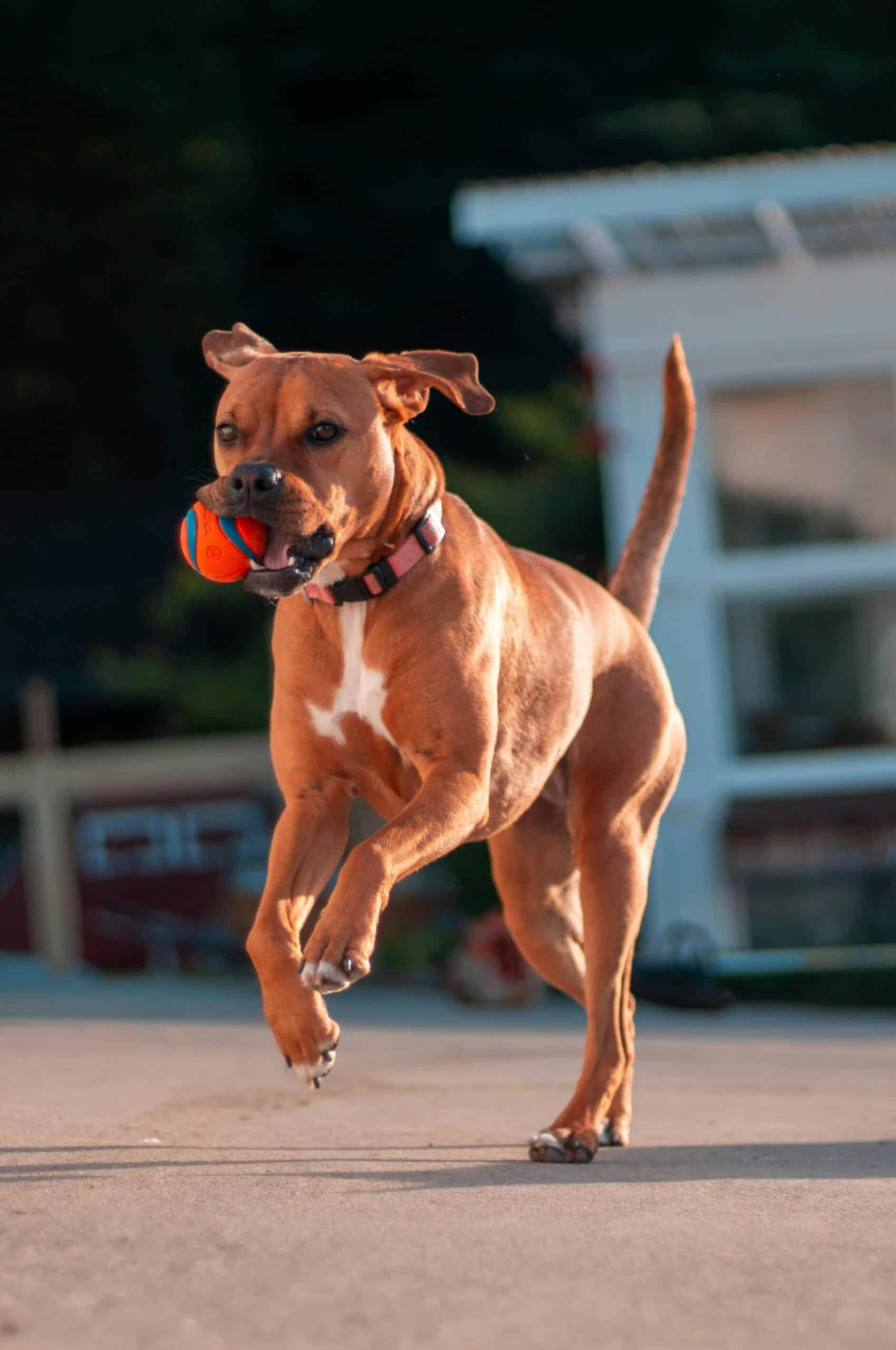Dog Separation Anxiety Training
Help! I think my dog is anxious when they are home alone
Separation anxiety is a common issue amongst our pets. They become restless, nervous, or destructive when we leave the house. Some dogs display this anxiety mildly by refusing to eat or drink while others can become destructive or dangerous to themselves. Either way, a dog with separation anxiety is not something to take lightly. We find that behavior either gets better or worse. It’s best to begin addressing this behavior as soon as you recognize it with dog separation anxiety training.
Separation Anxiety in Dogs
Do you find that your dog hates to be left alone?
Does your dog get frantic and remain so once you’re reunited?
Are you unable to leave the room without your dog?
Your dog may have separation anxiety.
Separation anxiety displays itself when your dog is left alone and separated from you and/or other dogs.
We will show you how to alleviate this anxiety in your dog through a gradual training process. You begin treating separation anxiety by teaching your dog impulse control and positive, alternative commands. Then, you can begin changing your dog’s response to physical separation through the use of these alternative commands and improved impulse control. A training session with one of our expert trainers will show you how to implement these changes.
Separation Anxiety + Training Plan
Teaching your how dog to relax alone can difficult, but there are some simple tools you can try. Distracting your dog with a valued toy or puzzle can help dogs with mild anxiety. For dogs that don’t fall for this trick, you may need an in-person evaluation to determine the best training plan for them. If your dog can be distracted, only leave for and wait for a short period of time. Then, go back into the room with your dog. Repetition and short duration is the key. It’s ideal if you don’t re-enter the room while your dog is scratching or whining at the door, so to succeed, start out with very short periods of time.
Crate Training
Another tool is crate training. This method works if your dog can relax while inside of the crate. If you have a dog that becomes frantic or harms themselves while inside the crate, it is best to consult with one of our professionals so we can help you tackle this issue head on. In either case, you will want to ensure your dog is comfortable while crated when you are home before expecting them to be comfortable crated while you are away.
Greetings + Departures
While we love our dogs and may joke that they are like people, they do not have the same social rituals that we do. It’s important that when you come home or leave you do so calmly. Ignoring your dog when you first come home may seem like torture, but it is only necessary if your dog is too excited to be greeted. Remember, petting and acknowledgement is rewarding to your dog. If ignoring isn’t sufficient, our professional dog trainers can teach you how to get your dog to settle quickly and quietly. Then, you will come home to a settled dog rather than one that is ready to knock you over.
Practice going through your about-to-leave routine without actually going anywhere. Pick up your purse, jacket, or keys. Walk to the door and then turn and come directly back in. Repeating these routines without the expected outcome (you leaving) can help desensitize your dog to those cues.
These are only a few tools in the toolbox to address separation anxiety. If you need help implementing these suggestions or find that they aren’t enough to cut it, give us a call today to discuss your dog’s specific needs. We tend to find that dogs with separation anxiety could use confidence building in general.
Separation Anxiety + Destructive Behavior
Afraid to leave your dog because they could hurt themselves? This is a bad place to be and one that we have helped many clients get out of. Creating an environment where the dog can be left safely is priority number one. Within that, we can help your dog settle and remain calm while you are gone.
Chewed up blinds. Hole in the drywall. Bent crate walls. Destroyed sofa and dog beds. The list goes on..
There are many ways this behavior displays itself, but they consistently appear while your dog is alone. If your dog has separation anxiety, you’ll want to get started with our training program sooner than later. Dog training can seem like magic once you return home to a dog sleeping in their place.
What if you have a dog that inconsistently destroys items while left alone? We have experienced dogs that are destructive due to boredom, not separation anxiety. Here are some tips to handle boredom:
Inappropriate Chewing
Many dogs are prone to chewing. It is as common as barking or digging. Puppies, like young children, want to explore the world with their mouths. Dogs between 12 weeks and 6 months old are getting their adult teeth and chew to relieve the pain of teething and itching gums. If you don’t have a teething puppy, your adult dog could be chewing out of boredom.
Teach your dog to gnaw on the right items first, then stop them from inflicting serious damage to your home by keeping them supervised or crated when unsupervised. This can protect your dog and your possessions.
When you catch your dog in the act, take the item away by guiding them to a new place to be. Show them what they should be chewing on. If you yell and chase your dog, it becomes a game of keep-away or can frighten your dog. Praise your dog when they begin to chew on the proper toy. Above all else, be consistent and stay calm.
Managing Chewing
Keep your dog in a crate or safe area when you aren’t able to supervise their activity. Give them special treats that your dog is only allowed to enjoy while they are in the crate. If you are struggling with crate training or finding a safe area for them, give us a call or send us an email so we can help.
If you come home to destroyed possessions, there is no reason to punish your dog once the damage is done. The damage may have been done several hours ago and your dog is incapable of understanding you’re upset for something they did in the past. If this happens often, you can create a scenario where your dog expects an upset person to walk through the front door. This will ultimately increase their anxiety.
Ensure your dog gets enough exercise every day. If you’re unsure of how much exercise your breed is supposed to get, we can help you determine the right routine for them. In addition to physical exercise, you’ll want to give your dog mental stimulation on a regular basis. Dog training alone can be sufficient to providing these things.

